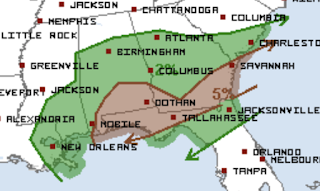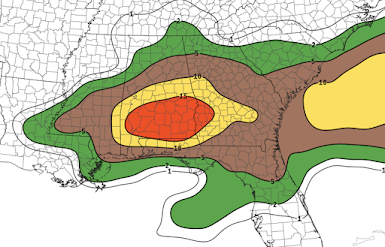First Southern Plains Severe Weather Event Monday?

The central Great Plains and parts of the southern Plains have been exceptionally quiet when it comes to tornadoes for the last 18 months. Because it has been so long, I wanted to give this preliminary "heads up" that we might break that long streak Monday afternoon into Tuesday morning. Of course, I will keep an eye on this for you and will update over the weekend. Stay tuned!













